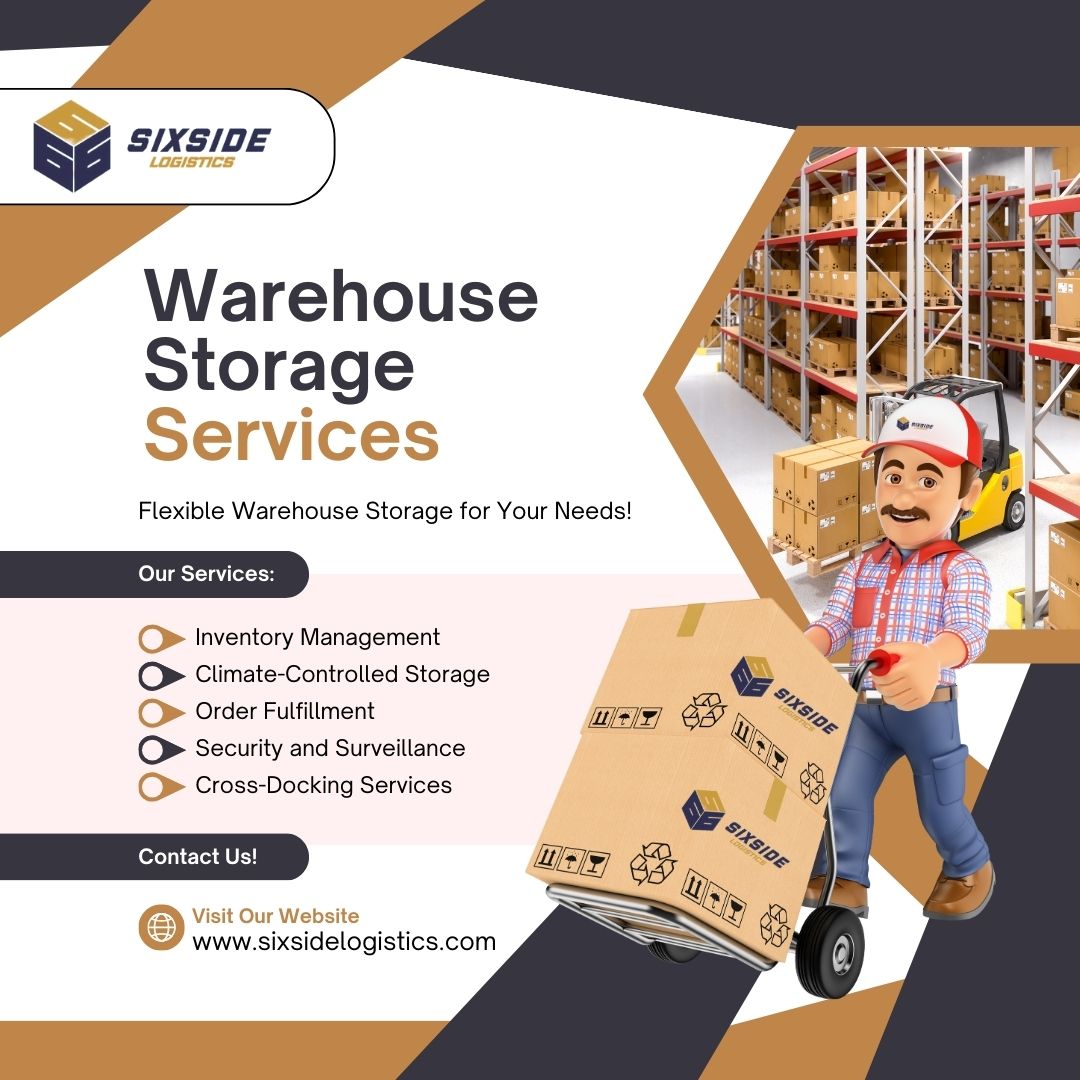Warehouse storage plays a critical role in the supply chain, ensuring products are stored, managed, and retrieved with precision. A well-organized warehouse can reduce operational costs, improve order fulfillment times, and enhance customer satisfaction. In this blog, we’ll dive deep into best practices, solutions, and strategies to maximize your warehouse storage efficiency.
The Importance of Warehouse Storage
Efficient warehouse storage goes beyond stacking goods; it’s about creating a system that enables:
- Space Optimization: Maximizing usable storage space to reduce overhead costs.
- Operational Efficiency: Streamlining workflows to speed up order processing.
- Inventory Management: Maintaining accurate stock levels and reducing losses.
Top Warehouse Storage Solutions
Implementing the right storage solutions is key to achieving efficiency. Here are some of the most effective systems:
-
Pallet Racking Systems
Pallet racks are a versatile solution for storing palletized goods. They come in different configurations like selective, double-deep, and push-back racking to cater to varying needs.- Benefits: Easy access, scalable, and cost-effective.
- Use Case: Suitable for warehouses handling bulk items or high-volume SKUs.
-
Drive-In and Drive-Through Racks
Designed for high-density storage, these racks allow forklifts to move directly into the storage bays.- Benefits: Maximizes storage density and reduces aisle space.
- Use Case: Ideal for industries with large quantities of similar items.
-
Cantilever Racking
Perfect for storing long or bulky items like lumber, pipes, and steel bars.- Benefits: Flexible and customizable for irregular-shaped goods.
- Use Case: Warehouses in construction or manufacturing sectors.
-
Automated Storage and Retrieval Systems (AS/RS)
This technology uses robotics and automated systems to store and retrieve items efficiently.- Benefits: Improves speed and accuracy while reducing labor costs.
- Use Case: High-tech warehouses with frequent order processing needs.
How to Maximize Warehouse Space
-
Utilize Vertical Space
Instead of expanding horizontally, invest in taller racks and mezzanine floors to make the most of vertical space. -
Slotting Optimization
Strategically organize inventory based on demand. Fast-moving items should be stored in easily accessible areas. -
Cross-Docking
Reduce storage time by transferring goods directly from inbound trucks to outbound shipments. -
Flexible Storage Layouts

Key Considerations for Effective Warehouse Storage
-
Inventory Management
Implement advanced systems like WMS (Warehouse Management Systems) to monitor stock levels, locations, and movements in real-time. -
Safety First
- Ensure racks and shelving systems are structurally sound.
- Train staff on safe handling practices.
- Regularly inspect equipment to avoid accidents.
-
Technology Integration
- Leverage barcoding and RFID tags for precise inventory tracking.
- Invest in IoT devices for real-time data collection and insights.
-
Sustainability Practices
- Use energy-efficient lighting and climate control systems.
- Recycle packaging materials and reduce waste.
Industries That Rely on Warehouse Storage
Warehouse storage is a backbone for various industries, including:
- E-commerce: Fast-paced inventory turnover demands efficient storage and retrieval.
- Pharmaceuticals: Secure, temperature-controlled storage for sensitive products.
- Food and Beverage: Strict hygiene and storage standards to maintain quality.
- Automotive: High-density storage for parts and components.

